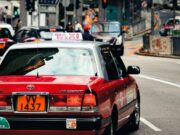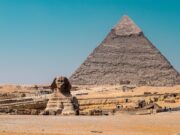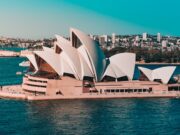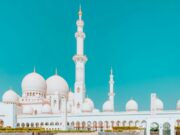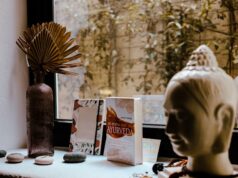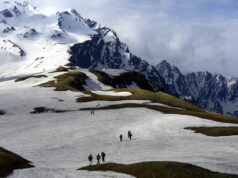15th August is the Independence Day in India. It is beyond a public holiday and a festival that we all Indians celebrate by our bits. Streets are flooded with the tri color, and hymns of patriotic songs. It was on this day Indians got independence from the British rule after freedom struggle that lasted for about a century. The rich history that the freedom warriors have left behind is still amidst us.
In this blog we have listed some of the top historical places that have played an important role in the Independence of India. These places must be on your bucket list if you want to learn about the Independence of India. Many of these places are also some of the top tourist destinations that you can visit to feel the pride of tri color.
Red Fort, Delhi
Red Fort or also known as Lal Qila, is a Mughal Fort that was built by then emperor Shah Jahan in mid 17th Century. It is also listed as a UNESCO World heritage site. It is built with Red sandstone, from which it derives its name. The popular complexes inside the Red For are Diwan I Am, Diwan I Khas. These complexes were as the hall of public audience and private audience.
Red Fort was conquered by British after the revolt of 1857 and turned into an army headquarter. During the mutiny it has been base of many freedom fighters. Since 1947, it is used as a place where Indian flag is hosted by Indian Prime Minister. The first ever was done by Jawahar Lal Nehru.

Cellular Jail, Andaman and Nicobar Island
It was constructed by Britishers in 1906, as a prison facility for the freedom fighters of India. It is located in Port Blair, and was also known as Kala Pani. It was regarded that when a person is jailed here would hardly be ever able to come back to the mainland. This was the dreaded reputation it had. Popular freedom fighters Batukeshwar Dutt and Veer Savarkar had been imprisoned here.
It is a three storey complex and had 696 cells. It is a living testimony to the torture, that British rules did on the freedom fighters here, both physically and mentally. If you visit here, then you must indulge in the light and sound show that tells the history of this place, which is hosted every day.
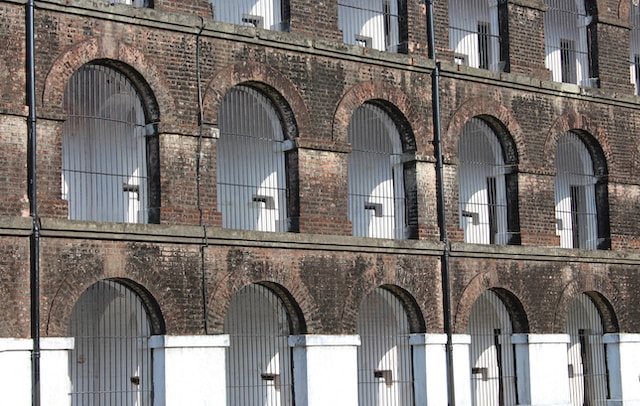
Jallianwala Bagh, Amritsar
Jallianwala Bagh is a memorial garden which is located in close vicinity of Golden Temple. It was where the Jallianwala Bagh Massacre took place on day of Baisakhi a Punjabi Festival, on 13 April 1919. General Dyer from the British rule and his soldiers open fire on unarmed people that also consisted of old people, women and children. It is estimated that 1000 people died in this massacre.
They had gathered there for a peaceful discussion to raise voice against the shooting of British Raj on 10th April, and to organize a protest for the release of political prisoners. There are memorials within the complex, walls with bullet holes, and also martyrs museums that will take you back in time.
Jhansi Fort, Jhansi
Jhansi Fort is located in the heart of Jhansi, and was a centre of revolt against the British Rule in 1857 First war of Independence. It sits on the top of Bangira Hills and was the strong hold point of Chandela Kings. It has ten gates in total and near the entrance are the Shiva Temple and the Ganesh Temple. One of the major highlights is Kadak Bijli Toup, it was a canon used in the uprising.
The fort is known for the first war of independence when Rani Lakshmi Bai took over the control of the Fort and gave her life on the battlefield. Now every year during the month of January and February, Jhansi Mahotsav is held here where many artists from all across the country perform.
Sabarmati Ashram, Ahmadabad
Sabarmati Ashram is located on the banks of River Sabarmati, and used to home of Mahatma Gandhi and his wife Kasturba Gandhi for over 12 years. It was the site of social experiments by Mahatma Gandhi. It was also the base of Dandi Salt March of 1930 which was pivotal in the freedom movement. Today Sabarmati Ashram stands as a memorial to the life and work of Mahatma Gandhi.
The different sites within the ashram are Magan Niwas, which was the adobe of Maganlal Gandhi who ran the administration of the ashram, Hriday Kunj was the site where Mahatma Gandhi lived, Somnath Chhatralaya is a 100 room building which was the community home of Swadeshi participants.
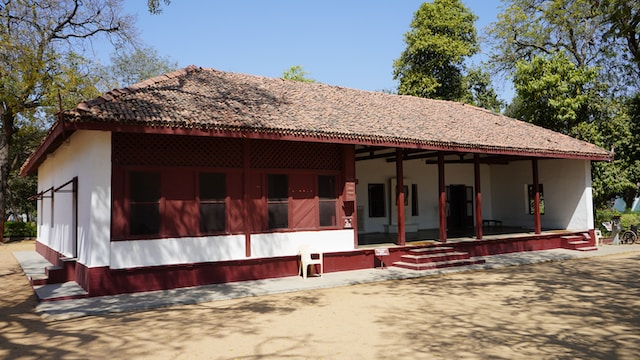
August Kranti Maidan, Mumbai
August Kranti Maidan was earlier known as Gowalia Tank Maidan. It was from here that Mahatma Gandhi started the Quit India Movement in 1942. It was from here the popular Swaraj slogan Do or Die started. From this very ground around 60,000 protestors have been sent to Prison by the British Government. The name Gowalia Tank came from the tank that existed here to bath the cows.
The ground is split into 5 smaller grounds that consist of playgrounds, promenade garden, and a fellowship school. Towards the end of the park there is a martyr monument of white marble that has a pink lotus on top. It is perfect for a day trip to immerse in the memories of history.
Swaraj Bhawan, Allahabad
It was also earlier known as the Anand Bhawan. It was the home of Motilal Nehru and his family in the city of Prayagraj. Later it was given to the Congress committee for official purposes. At present it serves as a national memorial and museum about the independence struggle of India. It has 42 rooms, and artifacts from the Indian freedom movement including the charkha used by Mahatma Gandhi.
A major attraction in Swaraj bhawan is the underground room which was used by then Indian National Congress for secret meetings. It also has picture galleries from the time of Indian freedom movement that will take you back in time.
Aga Khan Palace, Pune
This palace was built by Sultan Muhammad Shah Aga Khan III in 1892. It was built as a social project to provide livelihood to the famine hit people in the region. This palace is known for being a prison for political prisoners in British rule. Mahatma Gandhi, his wife Kasturba Gandhi, his secretary Maha Deo Bhai Gandhi, and even Sarojini Naidu were imprisoned here during Quit India Movement.
It is to be noted that before Mahatma Gandhi was set free, his wife and his secretary died here. The palace also has their memorials within the grounds. The palace encloses beautiful gardens, and also has artifacts related to Mahatma Gandhi including the charkha he used here.

Gateway of India, Mumbai
Gateway of India was built in the 20rth century in Mumbai. It was built to commemorate the arrival of King George V and Queen Mary in India in 1911. This arch monument is built of basalt. The design of Gateway of India was made by George Wittet. In following years it became an entrance symbol for the arrivals of viceroys and governors into India. It is one of the most clicked places in Mumbai.
Gateway of India was also the place for passing of the ‘First Battalion of the Somerset Light Infantry’ on February 28, 1948. It marks the departure of last remaining troops of Britain leaving the country after Independence. The views of Arabian Sea from Gateway of India are truly beautiful.
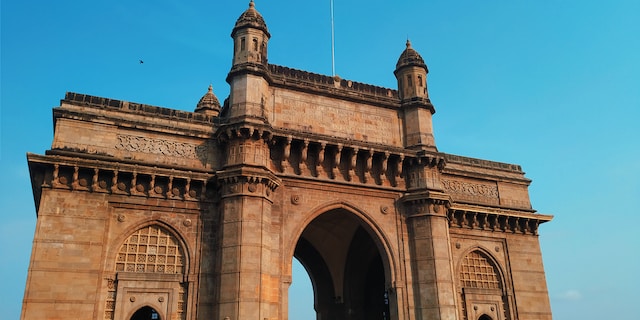
Travel to places that inspire freedom!




